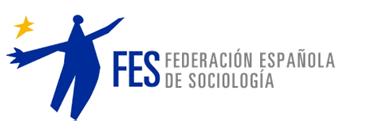Nuevas profesiones y TICs en las organizaciones turísticas: Ocupaciones, perfiles y competencias
DOI:
https://doi.org/10.24197/st.Extra_1.2021.188-208Palabras clave:
Nuevas profesiones STEM en turismo, competencias digitales, transición digital del turismo, turismo y tecnologíaResumen
Se identifican ocupaciones y labores emergentes en las nuevas profesiones relacionadas con las áreas STEAM, dentro del sector turístico; considerado como uno de los más influenciados por las TICs en las dos últimas décadas. Unas tares que se ha comprobado que afianzan una nueva cadena de valor tecnológica empresarial, y cuyos procesos, son asumidos desde la logística interna y externa de la empresa, las operaciones, el marketing y los servicios revalorizan el producto turístico. Es decir, unos procesos que caracterizan nuevos roles y competencias tecnológicas, que deben ser contempladas en la formación especializada.
Descargas
Descargas
Publicado
Número
Sección
Licencia
Todos los trabajos publicados en la revista Sociología y Tecnociencia se distribuyen bajo una Licencia Creative Commons Atribución 4.0 Internacional (CC BY 4.0).
Los autores continúan como propietarios de sus trabajos, y pueden volver a publicar sus artículos en otro medio sin tener que solicitar autorización, siempre y cuando indiquen que el trabajo fue publicado originariamente en la revista Sociología y Tecnociencia.


